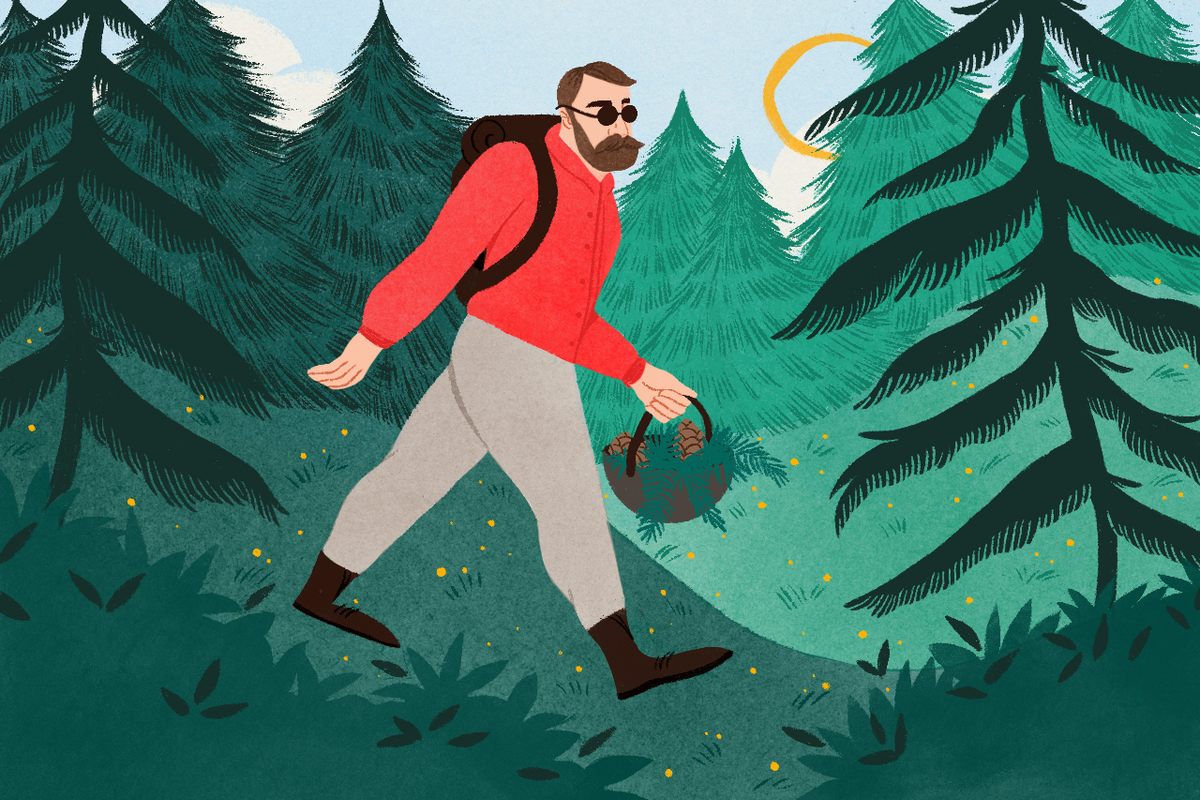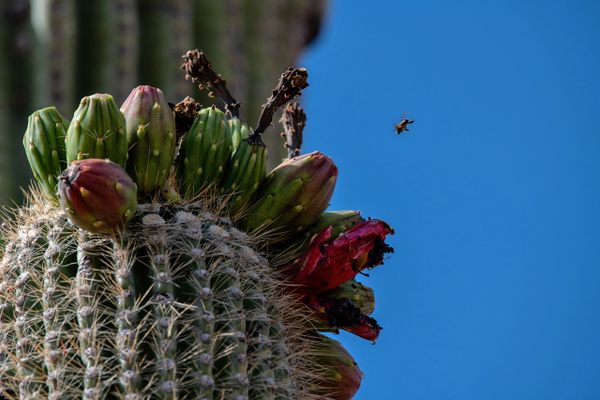

How to Turn a Walk in the Woods Into an Ancient Indigenous Kitchen Staple
Easy foraging can add a touch of the forest to your tea, stews, and even bath.
No trees feature more prominently in Native American folklore than evergreens. Pines are a symbol of reconciliation to the Oneida of New York state; spruce represents good fortune to the Salish tribes surrounding Puget Sound; cedars retain protective ancestral spirits for the Cherokee of the American Southeast.
If evergreens are pervasive in folklore, they’re even more popular in Native American kitchens.
The indigenous practice of steeping evergreen leaves is as simple as it is ancient, though it’s no relic. “Evergreen” is a multi-purpose ingredient employed in modern indigenous households wherever evergreen trees grow. It can be sweetened and taken as tea or salted and used as a stock; believed to retain cleansing properties, it can even be employed to purify the air in your home or give your bath a detoxifying aroma. Most importantly, if you live in proximity to any number of spruce, juniper, pine, or cedar trees, you can make it yourself.
To Joseph Shawana, chef and owner of downtown Toronto restaurant Kūkŭm Kitchen, the smell of evergreen leaves simmering in a pot of water brings him back to his childhood home. “Having cedar tea brewing in the kitchen is part of any indigenous household,” he says. “Especially in the winter months when the flu is going around.” He recalls his uncles and cousins drinking the tea before heading out to play hockey, a popular sport in the Wiikwemkoong Unceded Indian Reserve where he grew up. “It just warmed them up, gave them a boost of energy before their games,” he says. At Kūkŭm Kitchen, evergreen tea closes out guests’ meals before they receive the check. “It just keeps the conversation going. It’s like being at your grandmother’s house.”
Many indigenous chefs use evergreen in braises and stews as well. “You get floral notes from that pine flavor,” he says. According to Shawana, it imparts an earthy flavor on poultry and beef, while arousing game meat’s natural flavors. “It’s what a lot of these bigger game animals like deer and moose would eat: pine branches and cedar boughs.”
While Shawana uses evergreens in their time-tested roles of drinking and cooking, he’s not afraid to break new ground at Kūkŭm. In fact, his restaurant’s most popular dessert is his pine needle sorbet. “It tastes like playing out in the woods with your friend in the wintertime,” he says.
If you want to make your own multi-purpose indigenous ingredient, here’s how Chef Shawana recommends you do it.

Source your needles
While the list of evergreen trees runs long, the ones you’ll want for steeping are few: You’re looking for spruce, cedar, pine, or juniper. They all make for good evergreen, but the flavor will vary depending on the trees you find and where they’re located.
Juniper and pine offer softer, sweeter notes while spruce and cedar are more bitter, according to Shawana. Whatever you’re after, he recommends you work for it. “The deeper you go into the woods,” he says, “the more flavor the trees will have.” The fewer toxins a tree is forced to filter from cars and trucks, the better.
Once you’ve found an adequate evergreen, make sure you know exactly which species you’re sourcing from. Shawana is careful to note that the Western Red Cedar, for example, is toxic to humans– consider consulting a book or tree-identification app like iNaturalist. When you’re sure the tree is safe, there’s no need to take the whole thing home with you: Run your fingers against the grain, so to speak, to separate the leaves from the branch. Shawana does it bare-handed, but there’s no shame in bringing gloves or even scissors.
Prepare your leaves
To prepare the evergreen, set a pot of water to boil while you rinse any dirt or debris off the leaves. For every gallon of water, you’ll need one cup of leaves or needles.
Simmer
Once the water is boiling, bring down the heat, add the leaves, and simmer for 20 minutes. The leaves will turn from green to a pale brown as the simmering extracts the natural oils and your kitchen fills with a distinctly arboreal aroma.

Strain
Strain out the leaves, and the aromatic liquid that remains is a base of evergreens you can use however you’d like. Add honey or maple syrup to make it a cozy, warming tea. Add some salt and you’ve got a handy stock you can add to braises or stews for earthy flavor.
If the flavor doesn’t suit you, Shawana says evergreen features elsewhere in indigenous medical and ceremonial practice. It’s scorched over hot coals in sweat lodges to purify the air and is believed to help detoxify your skin when used in a bath. “Every time we’re going through something rough or we’re grieving,” he says, “we take cedar baths. It just helps your mental state.”
Making a batch of evergreen is an exercise in pragmatism and self-sufficiency, but it’s also a celebration of one of the oldest culinary practices in North America. It’s a cup of tea, a stew, a soothing bath, or a pine-scented kitchen thousands of years in the making.
Gastro Obscura covers the world’s most wondrous food and drink.
Sign up for our regular newsletter.



























Follow us on Twitter to get the latest on the world's hidden wonders.
Like us on Facebook to get the latest on the world's hidden wonders.
Follow us on Twitter Like us on Facebook